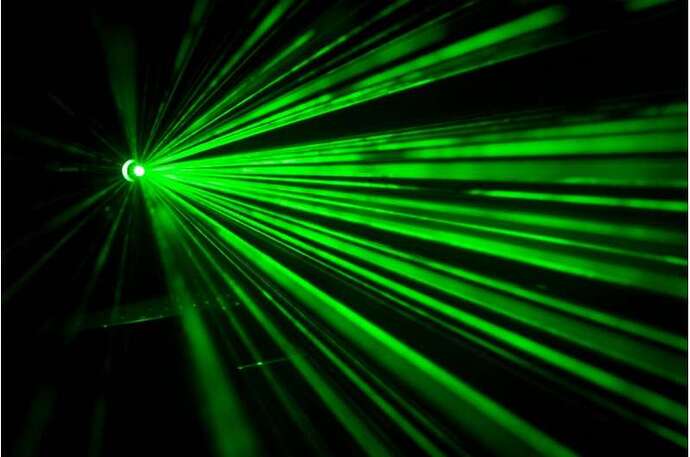A new method developed at the University of Bonn simplifies ultra-precise adjustment for quantum optics experiments.
A beam of light can only be seen when it hits matter particles and is scattered or reflected by them. In a vacuum, however, it is invisible. Physicists at the University of Bonn have now developed a method that allows laser beams to be visualized even under these conditions. The method makes it easier to perform the ultra-precise laser alignment required to manipulate individual atoms. The researchers have now presented their method in the journal Physical Review Applied .
When individual atoms interact with each other, they often exhibit unusual behavior due to their quantum behavior. These effects can, for instance, be used to construct so-called quantum computers, which can solve certain problems that conventional computers struggle with. For such experiments, however, it is necessary to maneuver individual atoms into exactly the right position. “We do this using laser beams that serve as conveyor belts of light, so to speak,” explains Dr. Andrea Alberti, who led the study at the Institute of Applied Physics at the University of Bonn.
Such a conveyor belt of light contains countless pockets, each of which can hold a single atom. These pockets can be moved back and forth at will, allowing an atom to be transported to a specific location in space. If you want to move the atoms in different directions, you usually need many of these conveyor belts. When more atoms are transported to the same location, they can interact with each other. In order for this process to take place under controlled conditions, all pockets of the conveyor belt must have the same shape and depth. “To ensure this homogeneity, the lasers must overlap with micrometer precision,” explains Gautam Ramola, the study’s lead author.
